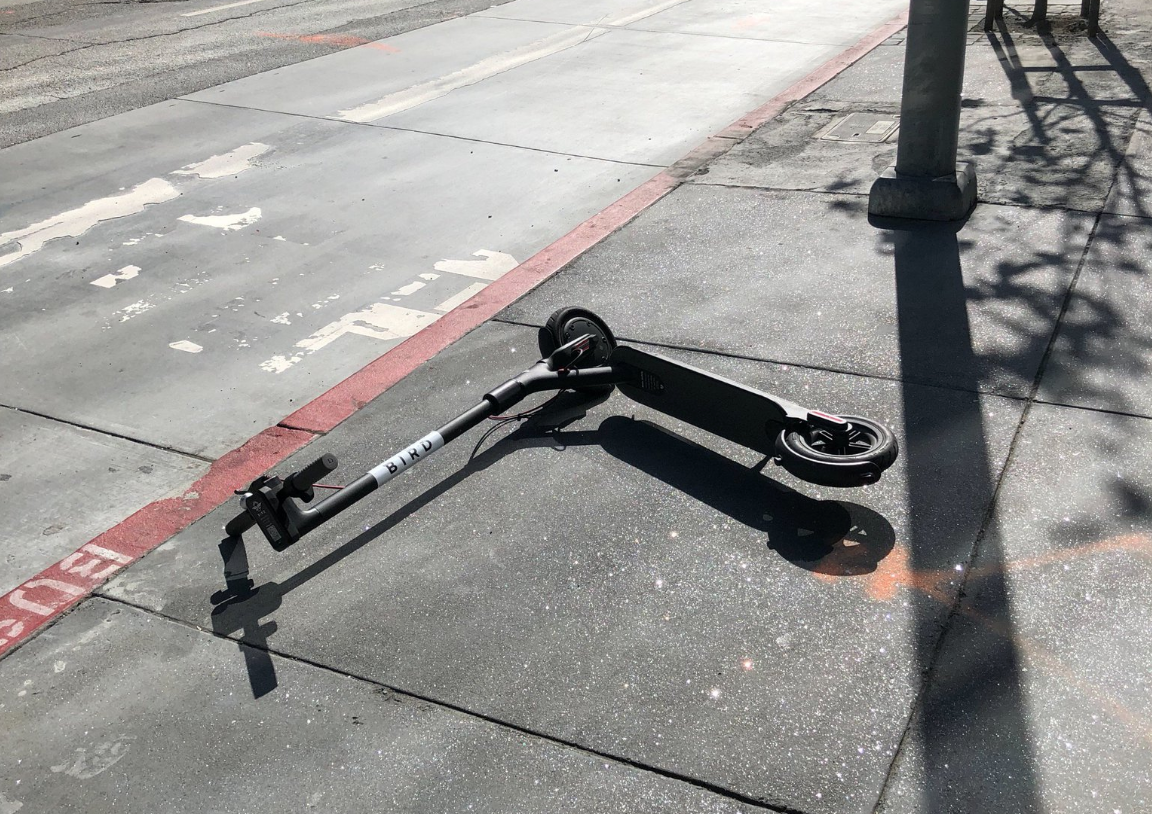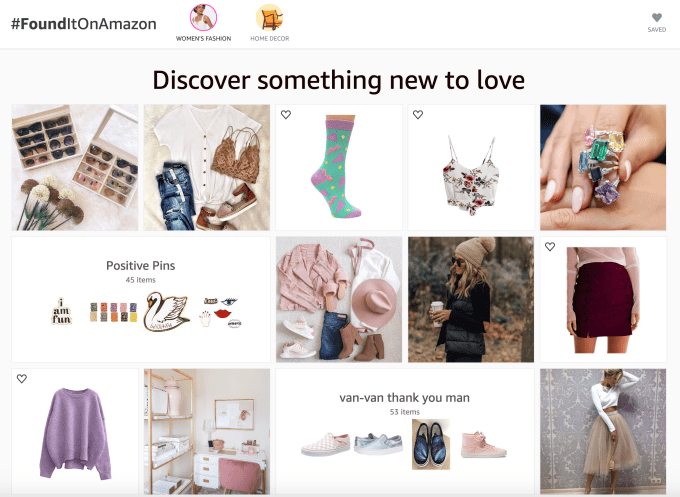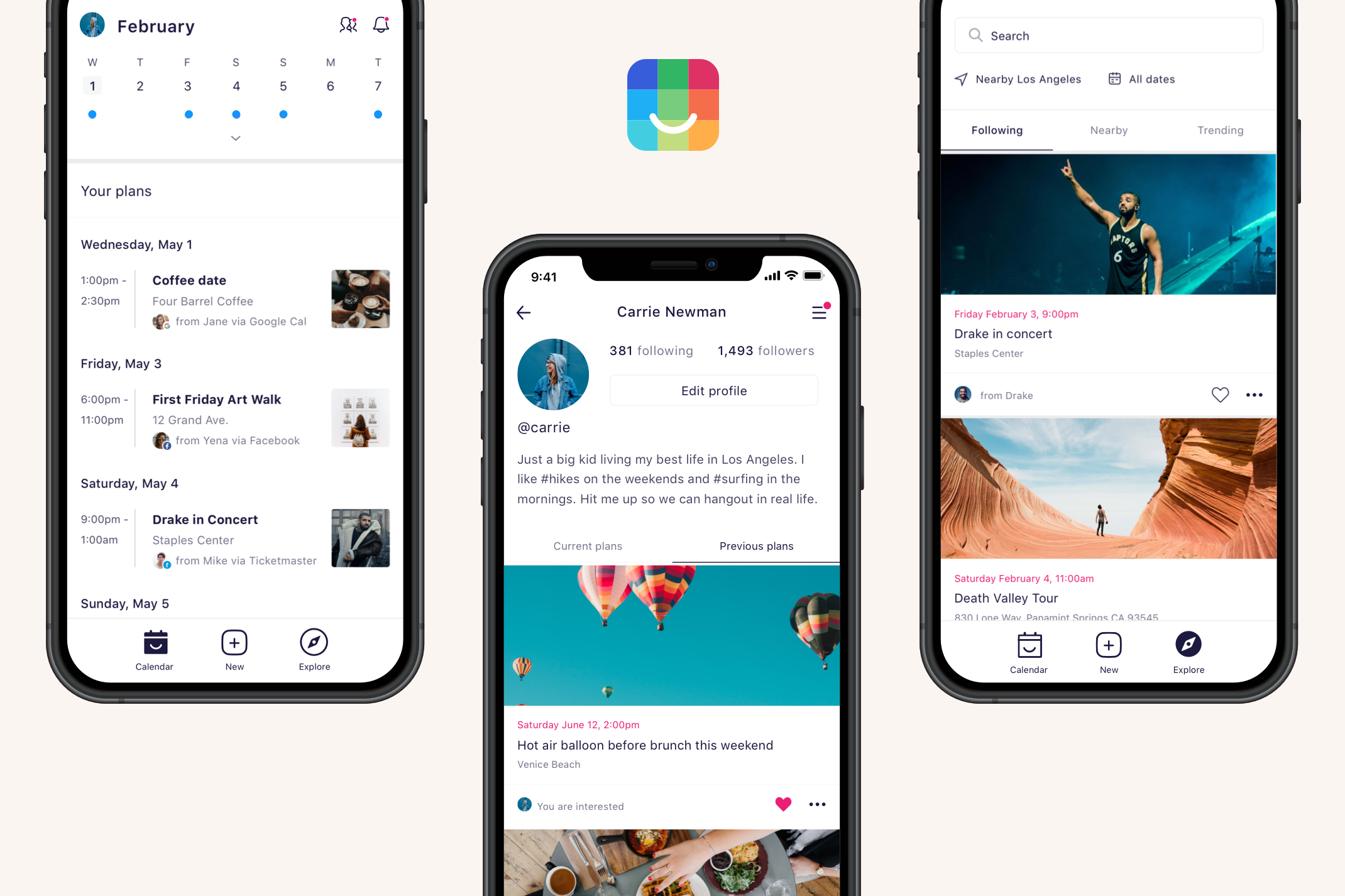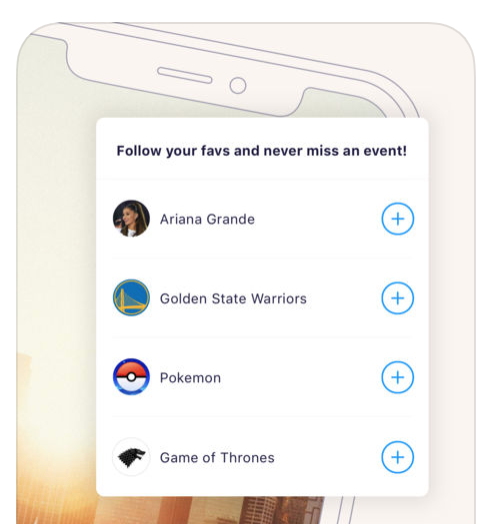Ask any venture capitalist about the most important ingredient to success in startups, and they’ll tell you it’s founders who can persuade not only investors to part with their capital but, more important, who can convince people to leave what are often more stable jobs in order to help build their companies.
Ryan Cohen certainly fits the description. It goes a long way in explaining why Chewy, the online retailer of pet supplies that he cofounded in 2011, sold to PetSmart for a reported $3.35 billion in 2017 — and why it’s also expected to stage a successful IPO this Friday, when PetSmart spins it off (though PetSmart will continue to hold a majority stake in the company). Just today, the expected IPO price range, originally planned at between $17 and $19 per share, was raised to $19 to $21 per share, with the IPO advisory firm IPO Boutique saying the guidance it has received is that the deal is “multiple times oversubscribed.”
Cohen stepped away from Chewy last year, nearly a year after its all-cash sale. Naturally, he’s still excited to stand on the balcony of the NYSE as the company’s shares begin trading publicly on Friday. We talked with him earlier today about his path, beginning as a baby-faced founder without a college degree or any kind of network — and what, at age 33, he’s planning to do next.
TC: Your company was acquired in one of the biggest e-commerce sales in history, yet most people still don’t know who you are. Who are you?
RC: [Laughs.] I’ve been an entrepreneur since as far back a I can remember. My father was a glassware importer — so a businessperson — and I saw what it was like to be accountable and responsible and to have your own employees and from an early age, I just knew that I wasn’t cut out for a traditional job, that entrepreneurship was the right path for me.
TC: Were you coding away in your bedroom like 90 percent of the founders we talk with?
RC: I was building websites at [age] 13, 14, then I moved on to affiliate marketing . . . My cofounder, Michael Day [who became Chewy’s CTO] and I met each other in an internet chat room, back when they were pure and bad things weren’t happening [online]. It was [centered around] website design computer programming, and we just hit it off.
TC: You get together, and then you settle on creating a retail pets business? Why?
RC: We were doing affiliate marketing and we wanted to own the entire customer experience and were looking for big categories that were underpenetrated. In fact, we thought the jewelry space was ripe for disruption, so we started going to trade shows and building the site and the back end.
We even spent a few hundred thousand dollars on jewelry and we were a few weeks away from launching the company, but I have a poodle, Tylee, who’s now 12 years old, and I would go every couple of weeks to buy products from this store owner who knew me and who I really trusted and who was a pet lover like me. And I had this epiphany; I realized I’m so much more passionate about this category. So we sold the jewelry, luckily getting back most of our money, and started Chewy.
TC: Obviously, you’d heard of the terrible fate of dot.com high-flier Pets.com. Why didn’t that dissuade you?
RC: The world was full of business models back then didn’t make sense. People weren’t online. They were using dial-up. They weren’t comfortable putting their credit cards online. But over time, so much changed, including that the pets market had moved up into high-margin, higher-retail price points. You could also suddenly ship 30-pound boxes from most of the country overnight, thanks to shipping density.
TC: You were living in Dania Beach, Florida — not exactly a tech hub at the time. Did you think about moving?
RC: I had family here, growing up. I also knew it would be really expensive to build out customer service in a big city. So it ended up working out really well. But you’re right, from a financing standpoint, south Florida is not a popular tech hub. We also had the fact that we were going head-to-head with Amazon, that I have no college eduction, and the demise of Pets.com, and so when we talked with VCs, it was like, ‘We’ll pass.’
TC: Without outside help, how did you get started?
RC: We contacted a local distributor who worked with a [third-party logistics] company that was next to him, and we started buying product the same day. Then we started marketing to cities and states near fulfillment centers, using all direct response marketing that we were able to optimize on the fly. We’d buy the inventory as we sold it and we were doing almost everything ourselves, so if an order came in and we didn’t have inventory, I’d go buy the product and ship it out from a local Kinkos.
For the first couple of years, it was three guys and a call center.
TC: When did that change?
RC: We hit an inflection point where three [third party logistics companies] we were working with [were getting overwhelmed]. We’d give them weekly or monthly projections so they could plan ahead and have warehouse space, but they didn’t fully believe our growth and by the end of 2013, we had these 3PLs that couldn’t scale any more, so we had to bring fulfillment in house.
We didn’t know anything about this, so we hired a bunch of people who were experts in fulfillment and we flew to Mechanicsburg, Pa. to lease a 4,000-square-foot space, and within nine months or so, we became expert at doing fulfillment. It was risky. It was totally outside of our areas of competence. But by August of 2014, after breaking everything first, that center was humming along, and then we launched another in Reno. At that point, we went national.
TC: How would you describe your hiring process?
RC: A lot of it was intuitive. I believe in the Warren Buffett model of treating people with respect and being honest and transparent with them. A lot of these people would come from Amazon and Wayfair. I went home at night and reached out to them after finding them on LinkedIn. We’d jump on a call and we’d talk about this vision to build the largest pet retailer in the world, while focusing on delighting customers and being category experts. And all of my management team, they came from amazing companies and stable jobs, and they pulled their kids out of school to come to south Florida because they believed in me.
I was grateful they took that leap of faith, but it was also a huge responsibility, so I was going to fight even harder; I wasn’t going to let them down.
TC: You say VCs weren’t interested. What happened exactly?
RC: Almost from the beginning we reached out to investors, but I knew nothing about raising capital. I have no network. I come from a middle-class family. I don’t have a rich uncle. We just started cold-calling VCs and I learned the hard way that’s not how it works. I got turned down basically every single time, until Larry [Cheng of Volition Capital] invested, and it was not a competitive process.
TC: What convinced Larry to write you that first check?
RC: We’d reached out to Volition six to nine months earlier and spoke to an associate who took down our information, and they followed up with us in late 2012. We’d given them our projections and we were crushing our numbers. Larry was going to Disneyland anyway with his family, so he decided to make a pit stop to meet with us. I remember he was like, ‘Who is going to take this company to $100 million in sales?’ and I was like, ‘Me! Who do you think?’
I looked very young at the time so I think I was easy to underestimate. I’ve been slightly aged now from Chewy. But he gave us that needed credibility. Then Greenspring Associates — they’re investors in Volition — came in to lead our Series B.
TC: Did you want to take the company public, or were you hugely relieved when PetSmart came knocking?
RC: We were building a big company that inevitably was going to go public. Especially in those later years, we’d become ‘public company ready.’ We built up our finance and accounting team; we had audited financials. We’d raised a lot of capital — $350 million — but we had a lot of discipline. We also had a lot of revenue. We went from $200 million in sales in 2014 to $3.5 billion in sales by 2018. We burned through $130 million, but that cash burn was going to new customer acquisition and future fulfillment centers.
TC: So when you got that call from PetSmart . . .
RC: It was very fast. From the time I had a conversation with Raymond [Svider, the executive chairman of PetSmart] to the time he gave us a term sheet — and I was looking for an all-cash deal — the entire thing happened in 30 days, on our terms. We weren’t going to go and open up the kimono unless we got comfortable, and we were comfortable with the entire transaction.
TC: You stayed on for bit. Were you locked up?
RC: I wasn’t locked up at all. I could have left the day after the deal. I stayed but I felt like the teams were built and the systems and strategy were in place, and it felt like a fine-oiled machine. The business was at a significant scale. I just felt like my job was done. I’d been at it for more than seven years, going 24/7. I gave my life to this thing. But I have a two-year-old today, and just being with my family and being able to return to civilian life was [irresistible after a point].
TC: I’m a Chewy customer but I’m not even sure why, except that it’s easy for me to re-order. Why do you think I’m a Chewy customer?
RC: Because Chewy is the best in the business. It has the best selection, competitive pricing, fast shipping, excellent customer service and we know the product better than our competitors. If you need a weight loss product for your dog, we’ll tell you which to buy. All Chewy does is sell pet products, and that’s a big differentiator.
E-commerce can feel like a series of faceless transactions; we wanted to recreate that feeling I use to enjoy at the pet store, shopping with a pet parent who I trusted. And we did that at scale, which is hard but we stayed focused.
TC: How are you feeling about the IPO?
RC: It feels like my baby is graduating from the college that I never went to.
TC: There are concerns over the fact that Chewy remains unprofitable. Do you worry that, as a publicly traded company, Chewy might have to change — that it may need to charge for shipping, for example?
RC: It’s not profitable because it’s continuing to execute on scale and market leadership. If you reduce your marketing and decide you don’t want to grow as much, the company could have been profitable years ago. The underlying company is profitable.
TC: What about the fact that Amazon and Walmart are expanding their own pet product offerings?
RC: Amazon made us fight really hard. Obviously, they’re a fierce competitor. But I don’t think it was the category that made us successful. I think it was delighting our customers. You focus on that and you’re going to do just fine.
TC: You’re a young guy. Are you retiring?
RC: Retirement is overrated.
I’m lucky. I’m talking to a lot of different entrepreneurs and business and looking at corporate board opportunities. I’m going through that exploratory process.
TC: Would you partner again with Michael on a different e-commerce business or maybe a venture outfit?
RC: We’re really close. It needs to be the right opportunity obviously, and we need to be picky. But I have no plans to sit in retirement, that’s for sure. I’m 33 and I’m competitive and I like consumer businesses and I like to win.

https://ift.tt/eA8V8J Chewy founder Ryan Cohen on its fast-approaching IPO: ‘It’s like seeing my baby graduate’ https://tcrn.ch/2WFW9yk
We’re hard at work to rebuild an unparalleled shipping experience. Before we begin operations again, we’d love to hear your feedback in this quick survey.



















 Unfortunately without reams of personal data and leading artificial intelligence that Facebook owns, IRL’s in-house suggestions via the Explore tab can feel pretty haphazard. I saw lots of mediocre happy hours, crafting nights, and community talks that weren’t quite the hip nightlife recommendations I was hoping for, and for now there’s no sorting by category. That’s where Shafi hopes influencers will fill in. And he’s confident that Facebook’s business model discourages it moving deeper into events. “Facebook’s revenue driver is time spent on the app. While meaningful to society, events as a feature is not a primary revenue driver so they don’t get the resources that other features on Facebook get.”
Unfortunately without reams of personal data and leading artificial intelligence that Facebook owns, IRL’s in-house suggestions via the Explore tab can feel pretty haphazard. I saw lots of mediocre happy hours, crafting nights, and community talks that weren’t quite the hip nightlife recommendations I was hoping for, and for now there’s no sorting by category. That’s where Shafi hopes influencers will fill in. And he’s confident that Facebook’s business model discourages it moving deeper into events. “Facebook’s revenue driver is time spent on the app. While meaningful to society, events as a feature is not a primary revenue driver so they don’t get the resources that other features on Facebook get.”













